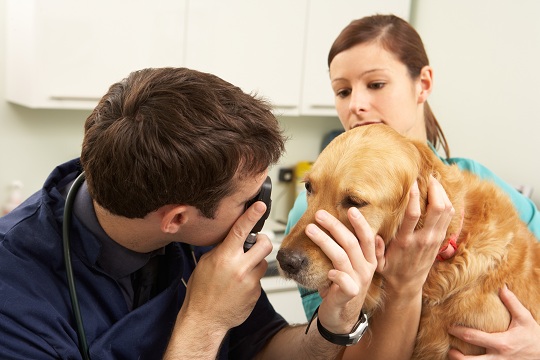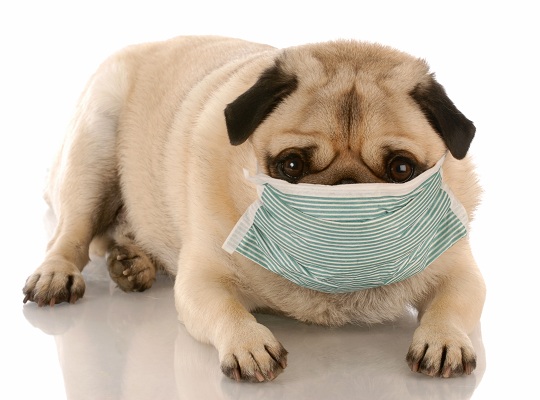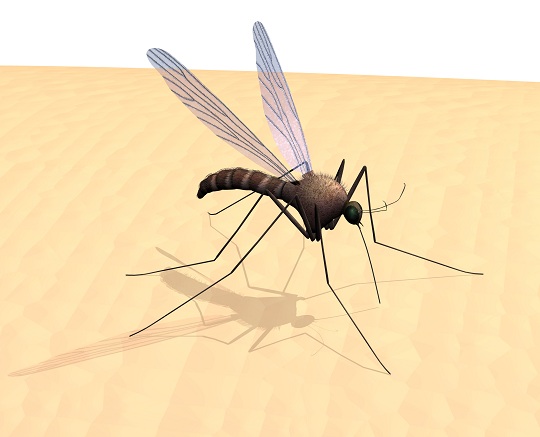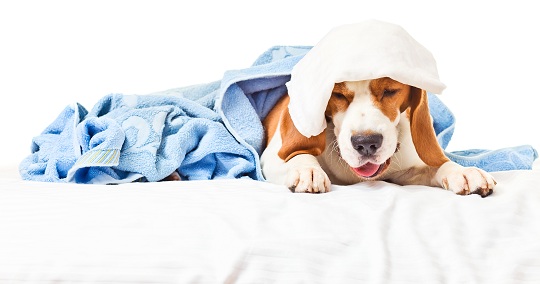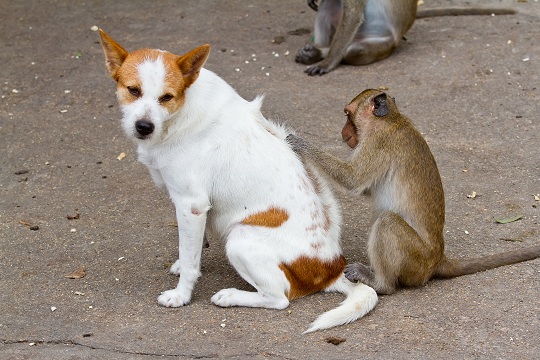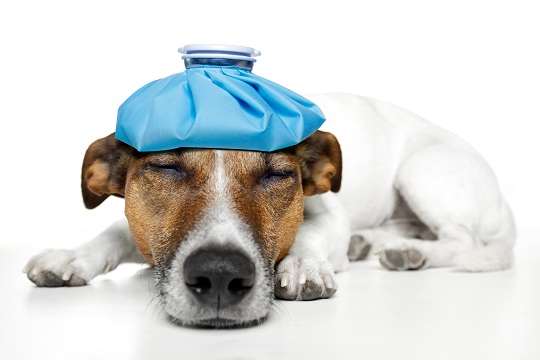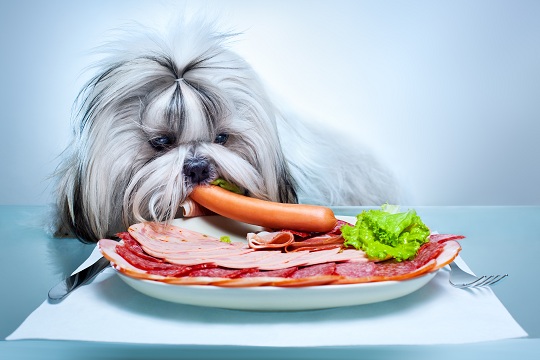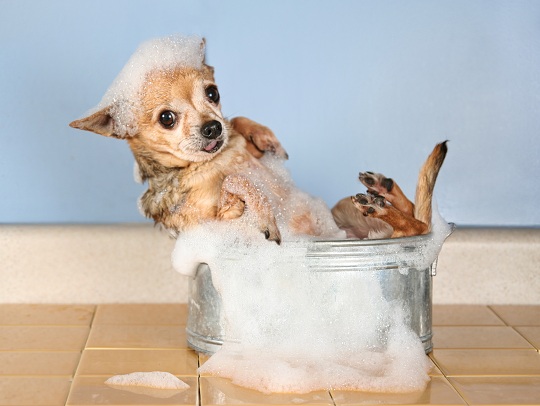Pets are just like humans — they need to go to regular check-ups. Taking your pet to the vet increases the likelihood your pet will have a long and healthy life. The question is, “How often should a pet go to the vet?” There are different protocols depending on the age of your pet.
Puppies or Kittens
When the pets are in the stages of infancy, they need to visit the vet more regularly. Puppies and kittens need to be seen by a vet every three to four weeks until they are at least four to five months old. This is the age when most of the vaccinations are given. If you are considering followup operations, such as spaying or neutering your pet, you can do so after your pet is six months old.
Middle to Elder years
As your pet gets older, you should make sure to take your pet to the vet at least once per year for their annual checkup. This is the case for pets throughout their middle age years. Middle age is considered four to five years for large breeds and seven to eight years for smaller breeds. After their middle age years, pets need to be seen at least twice a year. At these later checkups, pets need to have a vaccination status check, blood work, heartworm testing, and metabolic function testing to detect diseases early. While check-ups are crucial at the beginning of life for implementing vaccinations, check-ups in the later years of your dog or cat’s life is important because old age can cause additional health problems.
Additional Help
If you need to find a vet for your pet’s health check-up use TalkLocal. TalkLocal will connect you to a high-quality vet in your area in minutes. Best of all, TalkLocal will only match you to vets that can accommodate your location and availability.

